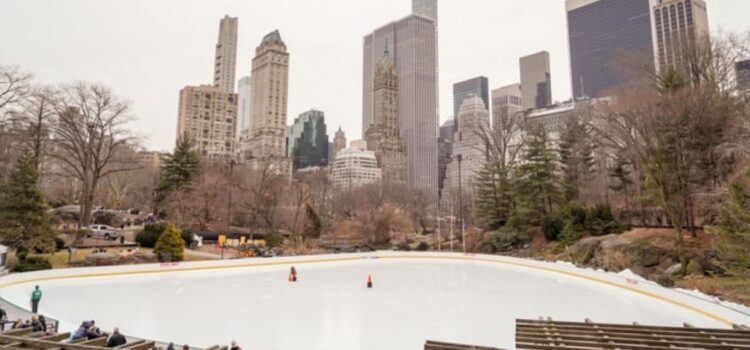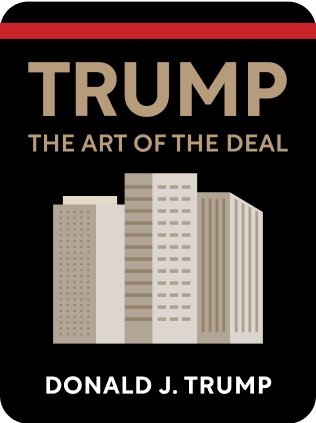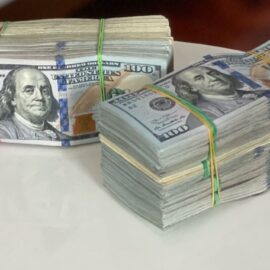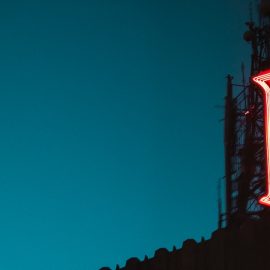

This article is an excerpt from the Shortform book guide to "The Art of the Deal" by Donald J. Trump. Shortform has the world's best summaries and analyses of books you should be reading.
Like this article? Sign up for a free trial here .
What was Donald Trump’s Wollman rink project? How long did it take and what made it a success?
Donald Trump’s Wollman rink deal dates back to the 1980s. It was by far one of his most successful projects. It was finished in just four months—two months ahead of schedule—and more than $750,000 under the projected costs.
Read about Donald Trump’s Wollman Rink deal.
Donald Trump’s Wollman Rink Project
In 1980, New York City officials closed a 30-year-old ice skating rink in Central Park for renovations. The project was scheduled to take two-and-a-half years and cost $2 million.
Trump’s apartment in Trump Tower overlooked Wollman Rink, and year after year he watched as the construction dragged on. Meanwhile, he’d see articles reporting that the project still had no end in sight and was running way over budget.
In 1984, Trump contacted the NYC parks commissioner and offered to take over the project for no fee, but the commissioner refused.
In 1986, after NYC officials announced they were starting over and projected two more years until completion, Trump offered again—and, again, the commissioner refused.
Trump Used the Power of the Press
Trump sent Mayor Ed Koch a letter saying that the rink’s delays and budget overruns signaled incompetence. In the letter, Trump offered to pay for and build the rink, and then operate it and lease it to the city after its completion. Furthermore, Trump said he could have the rink ready to open within six months.
Koch’s reply balked at Trump’s proposal to operate the rink, but he said Trump could pay for and oversee the renovation. Not only was the tone of Koch’s letter patronizing, but Koch released it publicly, presumably thinking he’d embarrass Trump.
However, Koch’s plan backfired: Within days, the press was criticizing Koch for his response and for the city’s mismanagement of the project in the first place.
Whereas Trump can capitalize on even negative publicity, Koch’s position as an elected official was more threatened by bad press. Soon after the public criticism, Koch made a deal with Trump to take over the project.
Trump Fueled the Fire to Promote the Rink
Having taken over the supervision of the Wollman Rink, Trump started getting questions from reporters. Trump sensed that there was interest not only in Wollman’s progress but also in the surrounding drama between Trump and the city, so he scheduled press conferences to give project updates.
Trump continued holding press conferences when he hit new milestones, such as pouring concrete. Although these weren’t momentous achievements, he capitalized on the media’s interest, and the reporter turnout was steady.
Koch’s letter had piqued public interest in the feud and the construction of the Wollman Rink. Trump capitalized on the free press as a promotion for the project.
Trump Was a Strong Leader
Having secured the Wollman Rink, Trump identified the reason the project was dragging on. He attributed it to a lack of leadership. He recalled a day during the city’s reign when he had walked past the construction site twice, and both times the workers appeared to be doing nothing. Stalled progress leads to delays and cost overruns, so Trump visited the site nearly every day to make sure things were moving along.
Trump insists on two principles that hearken back to his father’s influence:
- Continually push contractors to get the job done on time.
- Know what things cost and what jobs entail. For example, if the contractor says that pouring concrete will take two weeks and a million dollars, you need to have enough experience to recognize if those numbers are inflated.
Trump Was Decisive
Trump’s decisiveness helped him avoid the financial problems and project delays caused by the city’s indecisiveness and poor planning.
One example was when the city selected and installed the ice-making system. There were two types of systems:
- A newer technique that relied on the freezing agent Freon, which used less electricity and thus saved money. However, the Freon system was hard to maintain and often had problems.
- The tried-and-true approach, the brine system, which ran on salt water. The costs were slightly higher, but the brine system typically lasted a long time without problems.
The city initially planned to use the Freon system and began installing the expensive copper piping it required. However, incomplete planning delayed other aspects of the project, and meanwhile, the delicate pipes were exposed to the elements and some pieces were even stolen for resale.
The joints of the pipes became loose under the weight of the concrete, and when the system was tested, the pipes leaked and couldn’t create enough pressure to freeze the ice. Contractors tried unsuccessfully to repair the leaks.
Finally, six years after the renovations began and nearly $13 million spent, the city decided to switch to the brine system and start the entire renovation from square one. This is when Trump took over, and he came to the same decision that the brine system’s durability and reliability made it the best option.
Although the brine system initially seemed more expensive, it was the wiser and more cost-efficient choice in the long run. If the city had decided on the brine system from the start—rather than being tempted by Freon’s energy-saving potential—it could have saved years of work and millions of dollars.
Thanks to Trump, Wollman Rink was finished in just four months—two months ahead of schedule—and more than $750,000 under budget. As a result, he was able to use the extra money to renovate the statehouse and restaurant, which added to Wollman Rink’s overall value and success.

———End of Preview———
Like what you just read? Read the rest of the world's best book summary and analysis of Donald J. Trump's "The Art of the Deal" at Shortform .
Here's what you'll find in our full The Art of the Deal summary :
- What Donald Trump says about his early life before the White House
- The 11 principles Trump says guided his business decisions
- How the West Side rail yards project proved to be a challenge for Trump






